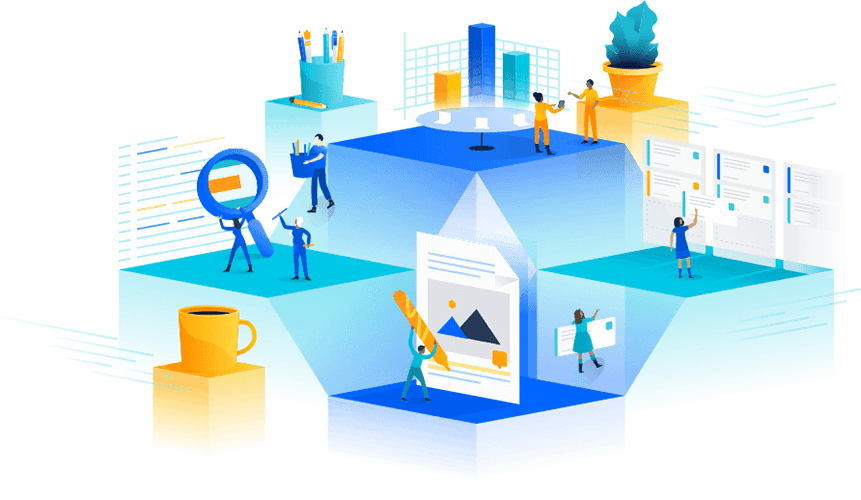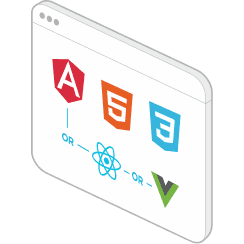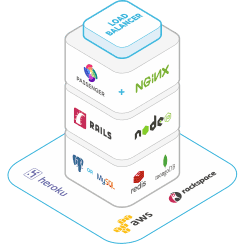Tools for teams, from startup to enterprise
It is a long established fact that a reader will be distracted by the readable content of a page when looking at its layout.


Building Technology - Driven World
3600
Countries & Industries
Industries
We've done everything from enterprise apps to innovative consumer-focused apps and multiplayer games.
Discover deep insights
Deliver instant answers
It is a long established fact that a reader will be distracted by the readable content of a page when looking at its layout.
Understand your impact
It is a long established fact that a reader will be distracted by the readable content of a page when looking at its layout.
Surprising, new machine insights
It is a long established fact that a reader will be distracted by the readable content of a page when looking at its layout.

Technologies
We are experts to building great products would not be possible without knowledge and extensive usage of many other things, e.g. HaProxy, Nginx, React/Angular, PostgreSQL, Redis, Redshift, AWS, Heroku and many-many more.

Front-end
Front-end programmers at Purelydesigns follows CSS3 principles to organize CSS across large-scale projects. Our experts write truly modular, reusable code and effectively collaborate with the team. Within the knowledge sharing culture, our developers open-sourced their own vision of the Modular CSS.

Mobile
We’re always on the edge of the technology trends and now actively using Swift in our mobile projects. Even more, Purelydesigns engineers have built open source BDD style testing framework for Swift - Sleipnir - which already got more than 50 stars. Our unified APIs and “mobile first” approach in application design is our “secret sauce” for the apps’ flawless look and feel on both Android and iOS.

Back-end
The entry point of the backend is the load balancer, which is proxying requests to a combination of Nginx and Passenger. For standard web applications we use RoR as a core technology, but for high loaded real-time systems Erlang is just a better option. For persistent data storage we use PostgreSQL or MySQL, if it makes more sense. As a Key-value storage we prefer Redis, and for messaging - RabbitMQ. We also have extensive experience with both types of hosting, the classical hardware and modern cloud based. In each particular case developers design a specific technological stack to sustain needs of the application, as well as to make it stable and fast.









